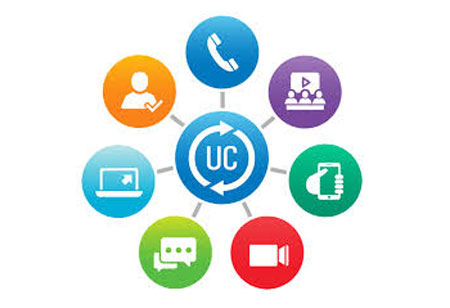THANK YOU FOR SUBSCRIBING
Unified Communication: A Modern Business Operation Solution
The driving factors that are molding and shaping UC are the same factors that are shaping the business. The UC industry has to address the need associated with business operations.

By
Apac CIOOutlook | Thursday, January 24, 2019
Stay ahead of the industry with exclusive feature stories on the top companies, expert insights and the latest news delivered straight to your inbox. Subscribe today.
Unified Communication an Overview
A Unified Communication (UC) refers to a common interface that is designed to facilitate faster, uniform and accessible communication for better interoperability among business systems. The communication services may include instant messaging, presence information, mobility features, data sharing, speech recognition and many more. UC is not necessarily a single product but a set of products that provides the user interface and user experience across multiple devices. Unified Communication gains propulsion among its users due to the increase in demand for changes in work culture, mobility applications, and the increased influence of Internet of Things (IoT). The global unified communication market is carved up based on application, industry vertical and region.
Checkout : Top Enterprise Communication Consulting Companies
Over the past years, business around the world is showing unparallel dependency on Unified Communication as a Service (UCaaS), which is required to run the business smoothly and drive the revenue growth. UCaaS implants communication into the business model and delivers quicker and improved decision making. It enhances geographic collaboration between diverse groups and increased efficiency in the business process to make business operation competitive and agile.
Top Impacting Factors
Several factors that resulted in the rise in the need for improved communication systems are the proliferation of smart devices and bring your own device trend in all industry verticals, the increased market for cloud-based solutions, penetration of internet of things, and impacts of developing economies.
Key Trends in the Market
• Web and video conference
• Switching to end to end managed services
• Rising demands in contact centers
• Unified messaging
• Mobility
• Telephony
Future Trends
The driving factors that are molding and shaping Unified Communication are the same factors that are shaping the business. The UC industry has to address the need associated with business operations. The current trends in UC indicate promising solutions for business processes in the future too. They can be
• Assurance of a flawless user experience
• Improved workgroup functionality
• Global availability
• Collaboration with cloud
• Flexible, intuitive portals





